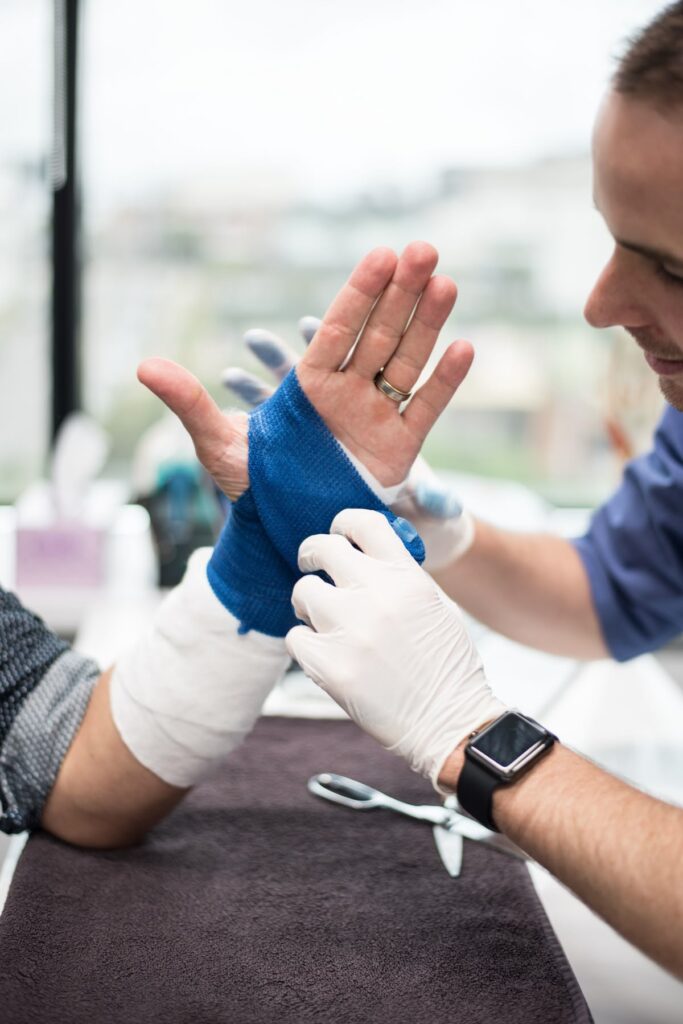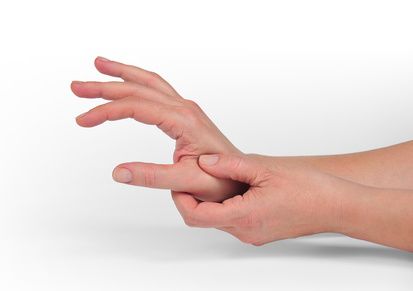Introduction
De Quervain’s Disease, also known as De Quervain’s Tenosynovitis, is a painful condition affecting the thumb side of the wrist. It commonly occurs in individuals who perform repetitive hand or wrist movements, making primary recognition and management crucial for practical recovery.
Definition
De Quervain’s Disease is an inflammatory condition involving the abductor pollicis longus (APL) and extensor pollicis brevis (EPB) tendons within the first dorsal compartment of the wrist. The inflammation causes restricted tendon gliding, resulting in pain during thumb and wrist movements.
Cause
- Repetitive Overuse: Activities involving frequent gripping, lifting, twisting or wringing motions.
- Poor Ergonomics: Improper wrist alignment during work or sports.
- Direct Trauma: An unexpected injury to the wrist may trigger tendon inflammation.
- Inflammatory Conditions: Rheumatoid arthritis or other systemic inflammatory disorders.
- Hormonal Factors: More common in postpartum women due to fluid changes and repeated infant lifting.
Clinical Features
- Swelling Over the First Dorsal Compartment: Visible or palpable bulge near the radial styloid.
- Difficulty with Thumb Movements: Reduced grip strength and Useful restriction.
- Pain on the Thumb Side of the Wrist: Especially during grasping, lifting, or turning objects.
- Stiffness: Particularly in the morning or after prolonged activity.

Physiotherapy Management
- Rest and Activity Modification: Avoid prolonged thumb and wrist movements.
- Pain Management: Ice therapy, ultrasound, and soft-tissue mobilisation.
- Splinting: A thumb spica splint to immobilise the APL and EPB tendons.
- Strengthening Exercises: Progressive strengthening for the wrist extensors, thumb muscles, and grip.
- Ergonomic Training: Hand positioning and correcting posture during daily tasks.
- Manual Therapy: Myofascial release and joint mobilisation to reduce tension.
- Education: Guidance on workload modification and proper lifting techniques.
Conclusion
De Quervain’s Disease can remarkably affect hand function, but early diagnosis and structured physiotherapy can lead to outstanding recovery. With proper rest, splinting, exercise, and ergonomic correction, most individuals recover full pain-free wrist and thumb movement.
What is Painful Arc Syndrome?
Painful Arc Syndrome is a shoulder condition where pain occurs during arm abduction between 60–120 degrees.
What causes Painful Arc Syndrome?
It is mainly caused by impingement of the rotator cuff tendons or subacromial bursa due to overuse, poor posture, or muscle imbalance.
How is Painful Arc Syndrome managed?
Physiotherapy with pain relief modalities, manual therapy, strengthening, stretching, posture correction, and activity modification helps recovery

